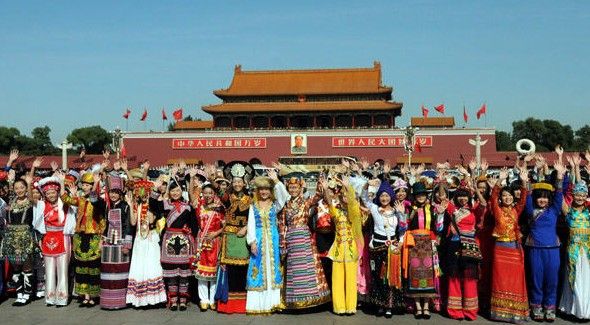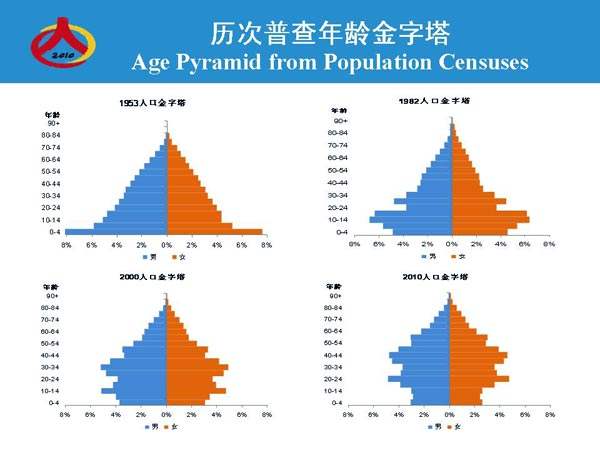China’s Population
2 min readWith just over 1.3 billion people,China is the world’s largest and most populous country.
As the world’s population is about 7 billion,China represents almost 20%of the world’s population,so one in every five people on the planet is a resident of China.
China’s population growth has been somewhat slowed by the one-child policy in effectsince 1979.In 1950,China’s population was a mere 563 milon while the population grew dramatically through the following decades to one billion in the early 1980s.

China’s total fertility rate is 1.7,which means that,on average,each woman gives birth to 1.7 children throughout her life.The necessary total fertility rate for a stable population is 2.1;nonetheless,China’s population is expected to grow over the next few decades.This can be attributed to immigration and a decrease in infant mortality and the death rates as national health improves.7 By the late 2010s,China’s population is expected to reach 1.4 bilion.Around 2030,China’s population is anticipated to peak and then slowly start dropping.

China’s population is distributed unevenly with more in the east(more than 300 persons persquare kilometer)and fewer in the west(about 40 persons per square kilometer).The national average density of population is 119 per square kilometer(1990 census).The average size of household is 3.7 persons.The proportions of population aged at 0-14,15-64,and above 65,are respectively 26.4%,67.2%,and 6.4%.The average Chinese life-span of the population is 70.8years,that for male is 68.71,and female,73.04.Some of the above data are based on the report from China National Bureau of Statistics.








